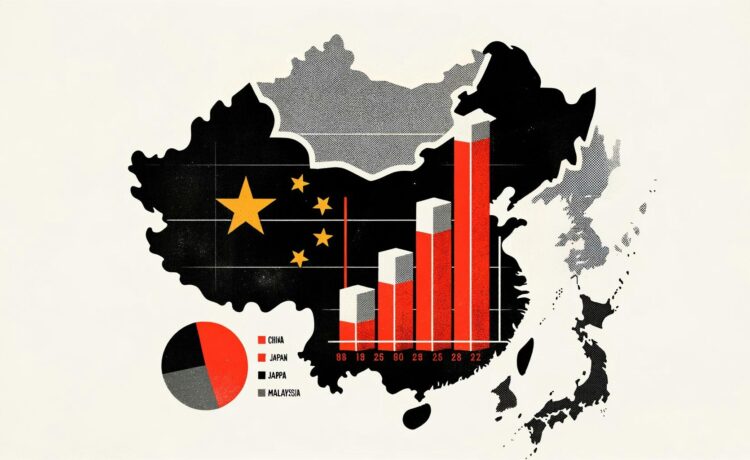What’s going on here?
Asian investors are eagerly awaiting economic data from China, Japan, and Malaysia to gauge the region’s financial health, with a keen eye on China’s GDP performance for the third quarter.
What does this mean?
China’s GDP is set to come under close scrutiny this week, with forecasts suggesting a 4.5% growth for Q3 – short of the 2024 target of 5.0%. The Chinese government’s stimulus measures haven’t fully taken effect, with Citi’s Economic Surprises Index remaining negative since June. This backdrop has contributed to a 15% drop in Shanghai’s blue-chip index from its peak earlier this month, despite an 18% rise following new stimulus efforts. Meanwhile, Japan’s upcoming inflation data, expected to drop to 2.3%, could influence the Bank of Japan’s cautious stance and possibly set the stage for a minor rate hike early next year. Additionally, the US dollar’s strength and record Dow levels pose challenges for emerging markets, notably impacting Malaysia’s economic outlook.
Why should I care?
For markets: Asian economies brace for shifts.
Japan’s slowing inflation could prompt a cautious rate adjustment by the Bank of Japan, which will be crucial for market strategies in the country. China’s economic signals continue to keep investors wary, affecting not just domestic markets but global sentiment. As Malaysia releases its GDP figures, investors are eager to see how the economy is holding up amid fluctuating global conditions.
The bigger picture: A strong dollar challenges growth.
The rising US dollar and Treasury yields create hurdles for emerging markets, pressing down on growth strategies and fiscal stability. US macroeconomic factors, like TSMC’s optimistic forecast and robust economic data, have driven the Dow to new highs, yet they underscore the balancing act for regions like Asia struggling with their own economic challenges.














